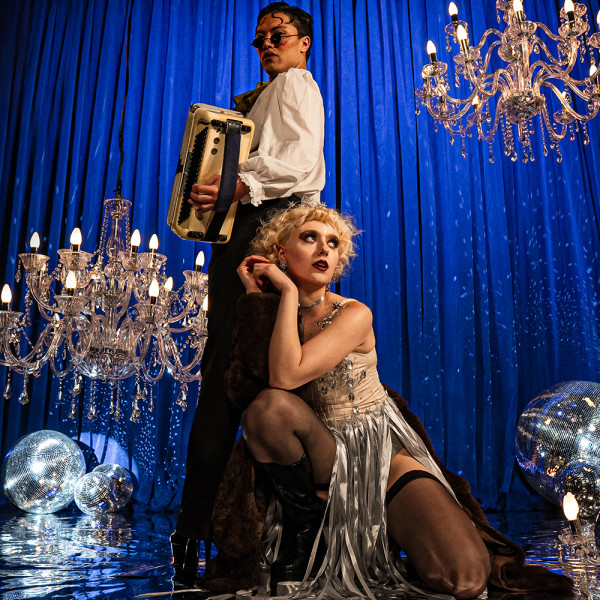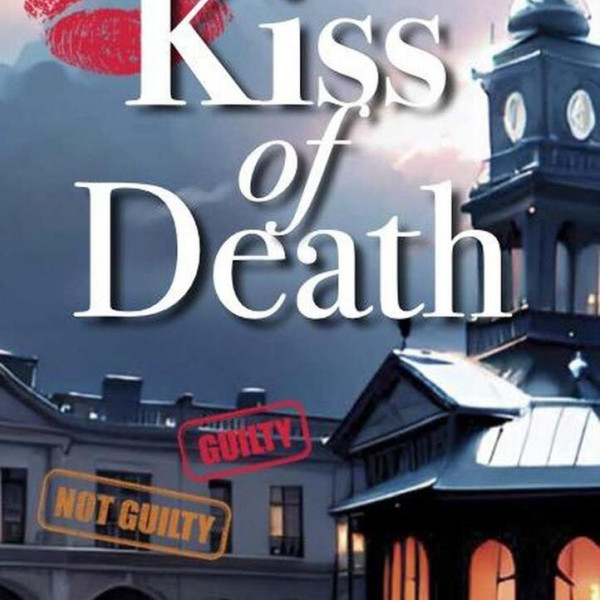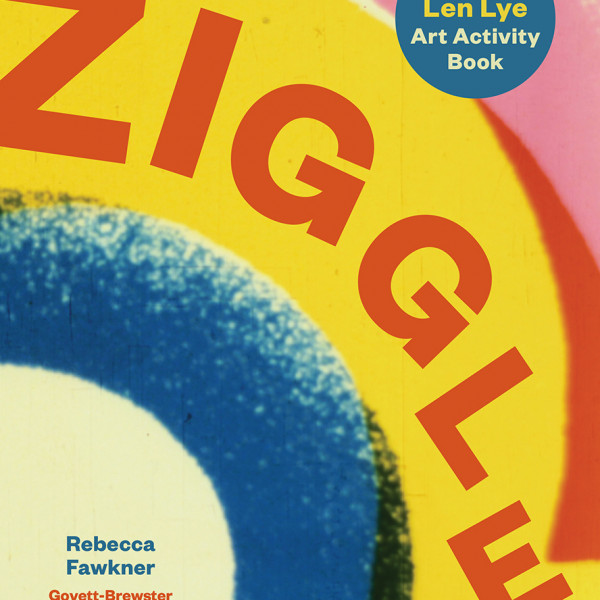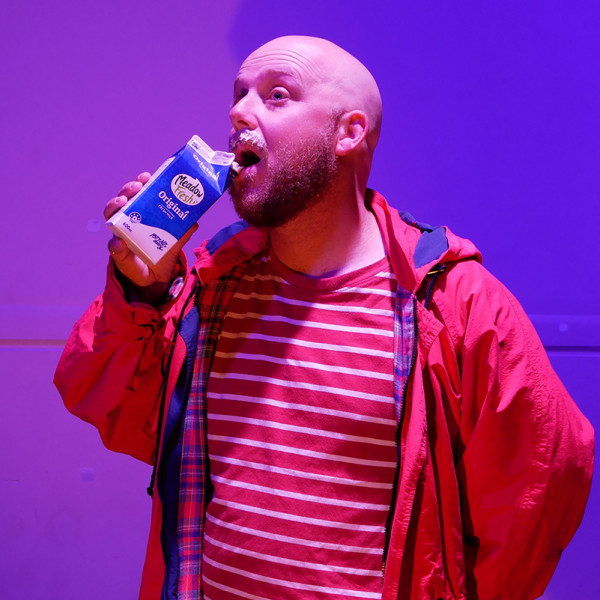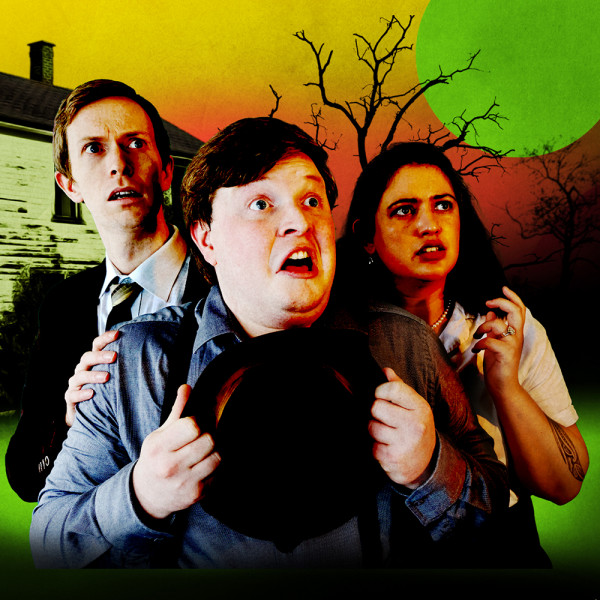
End of Summer Time
Written by: Roger Hall
Directed by: Ross Jolly
Circa Theatre, 4th May 2024
Reviewed by: Tanya Piejus
The third play featuring dairy farmer Dickie Hart, this is Roger Hall’s ode to a generation of staunch Kiwi blokes who will be gone in the next couple of decades. It’s 2023 and Dickie (Gavin Rutherford) is looking back on his and his wife’s relocation to an apartment on Auckland’s North Shore four years earlier to be near their sons. It’s all body corporate politics, flirtations and friendships with new neighbours, and secret trips to McDonald’s with his vegan grandchildren until COVID strikes and Dickie’s life takes a different tack.
The first half is entertaining but light as Dickie adjusts to his new world away from 5am calls for milking. At interval, I’m left wondering if this is just a pleasant comedy about an irascible but loveable character or whether something more meaningful will eventuate. The payoff comes early in the second half as, with what has become a typically unsentimental delivery, Dickie reveals a shocking detail. The humour then takes a much darker and more powerful turn and by the end, it feels like we’ve been allowed a privileged window into Dickie’s life and shared in both his grief and joy.
Right from his opening dad dance to the introductory music, Rutherford is on fire as Dickie. His performance is utterly engaging from go to whoa. He’s worked with director Ross Jolly more than a few times and it shows in what is a beautifully sculpted piece of character work. Building even more layers into Dickie’s persona than there are in Hall’s well-wrought script, Rutherford’s movements, voices, and expressions add colour and detail to Dickie’s inner world so that we know what he’s thinking and feeling even when he doesn’t say it.
The lovely set (Andrew Foster), creative lighting (Marcus McShane), and occasional sound and AV design (Piper Kilmister) enhance Rutherford’s performance with a touch of technical magic.
This may be the end of Dickie’s summer, but something tells me Roger Hall has more seasons left to his work.








